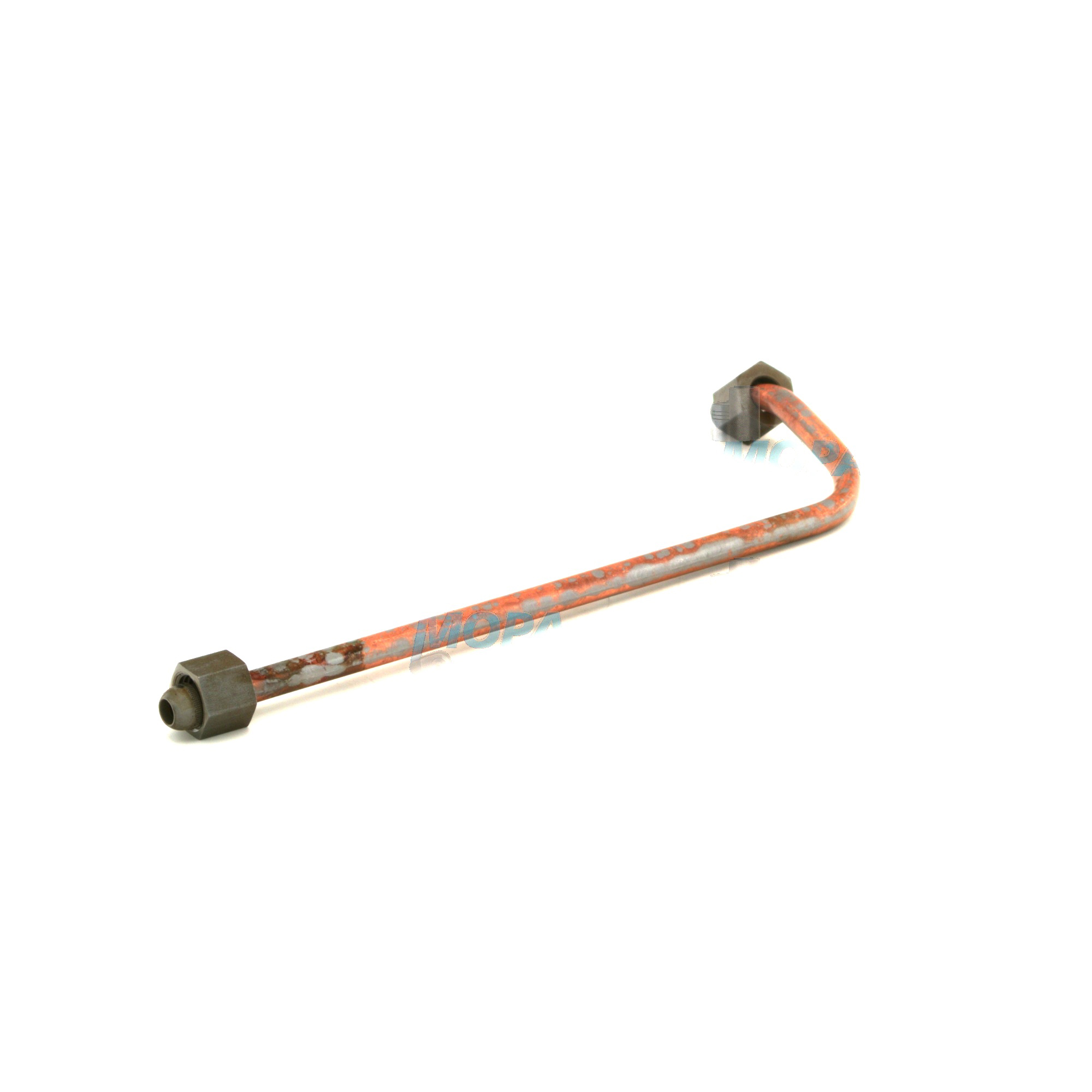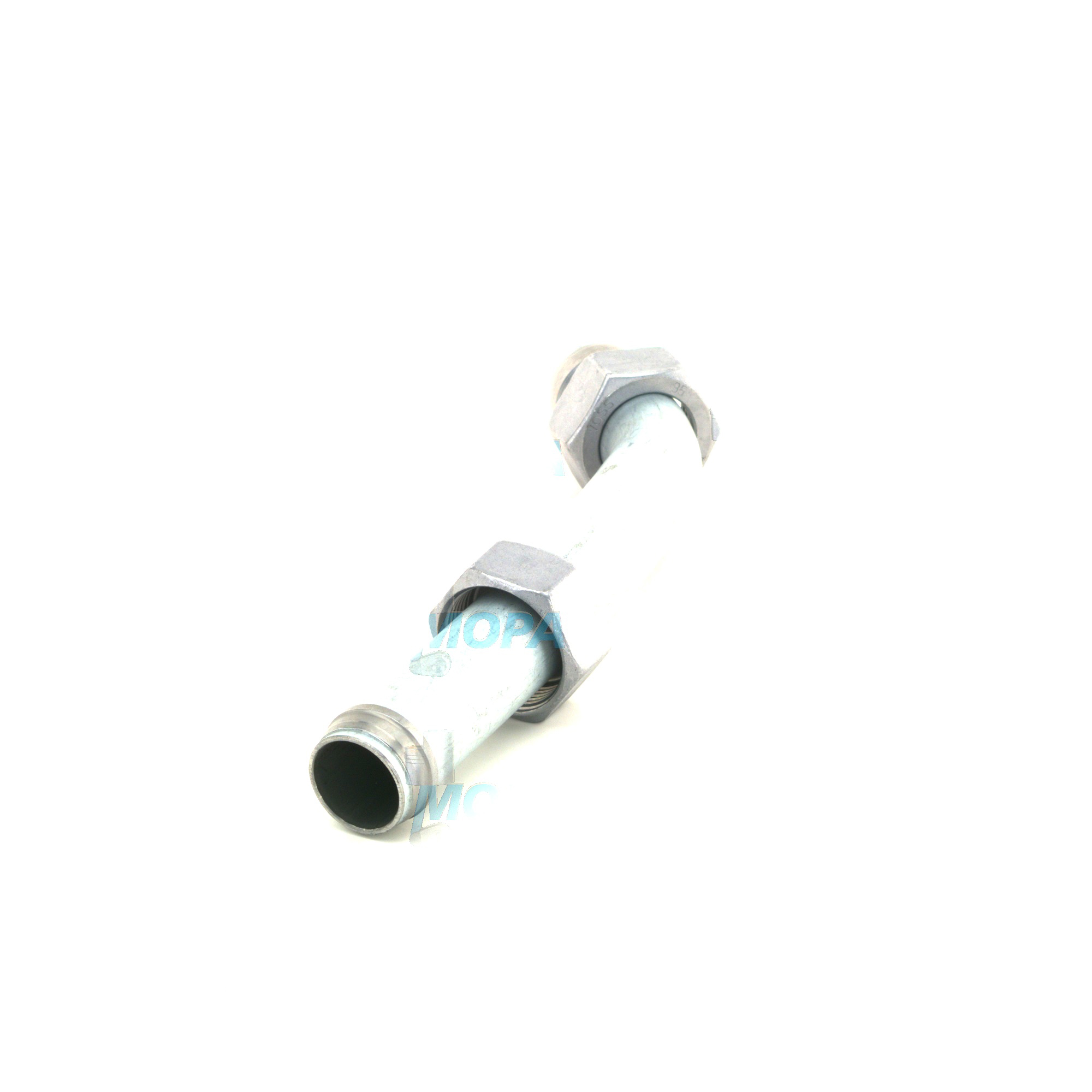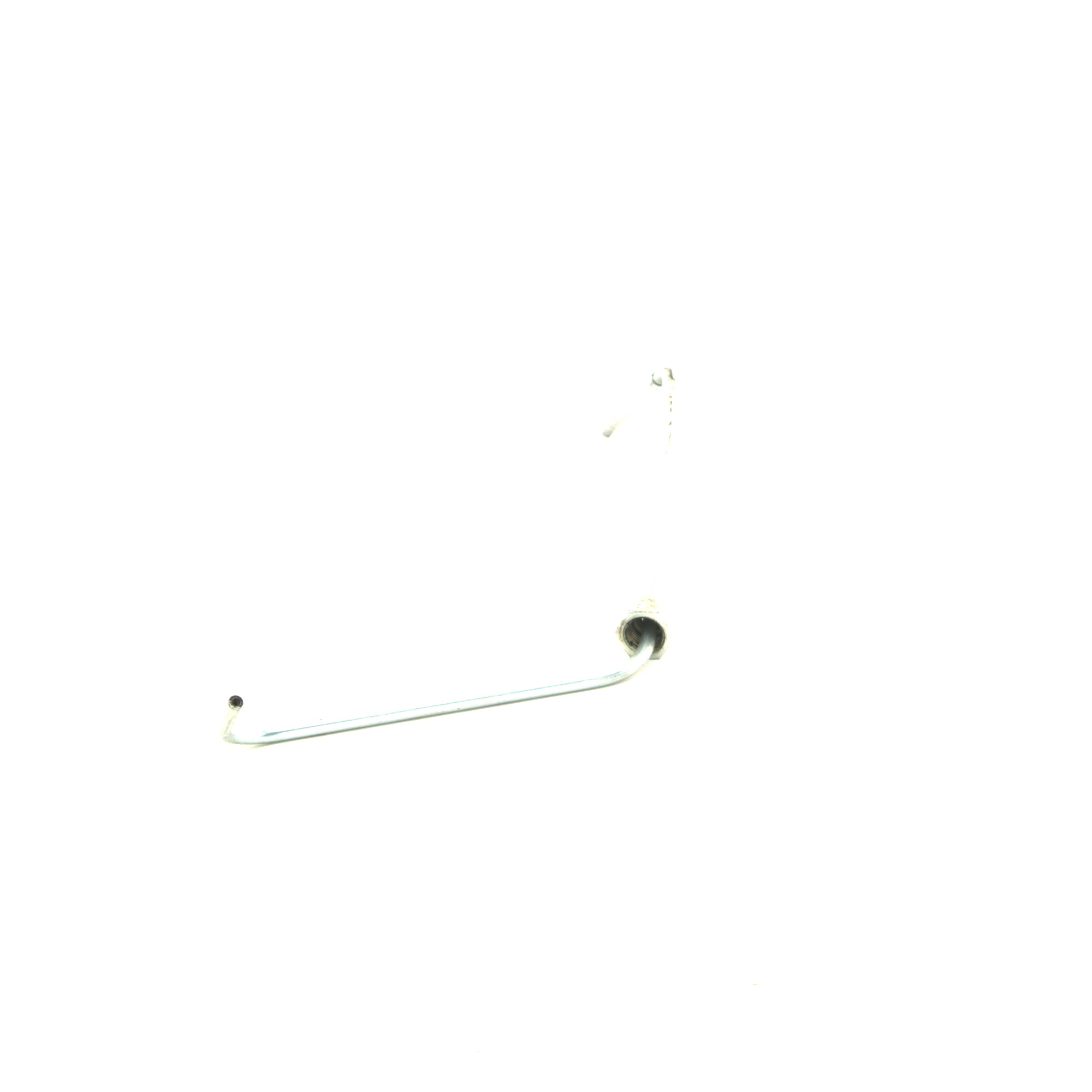PRESSURE OIL LINE and high-performance Lines and pipes for demanding engines
Lines and pipes are the circulatory system of any combustion engine. This article category covers rigid pipes, flexible hoses, and formed tube assemblies used to route lubricating oil, fuel, coolant, and compressed air between pumps, filters, coolers, manifolds, and components. In heavy-duty diesel and gas engines—especially in marine engine rooms exposed to vibration, salt-laden air, and heat—these parts must sustain high pressures, tight bend radii, and continuous thermal cycling without leakage or deformation. A critical subset is the PRESSURE OIL LINE, which supplies clean, pressurized lubrication to bearings and other precision assemblies.
Engineers, purchasers, and shipowners rely on correctly specified lines and pipes to maintain stable pressures, minimize pressure drop, and reduce lifecycle cost. Material choice (e.g., seamless stainless steel, high-grade carbon steel, or reinforced elastomers), surface treatment, end-form geometry, and fitting systems (JIC, DIN 24°, ORFS) are all decisive factors for performance and safety at sea and on land.
Technical function of Lines and pipes in diesel and marine engines: PRESSURE OIL LINE at the core
In a diesel engine, the oil pump raises lubricating oil to a controlled pressure and delivers it through the PRESSURE OIL LINE to main galleries. From there, oil feeds main and big-end bearings, camshaft journals, rocker gear, turbocharger bearings, and piston cooling jets. The PRESSURE OIL LINE for a marine engine must maintain laminar flow with minimal turbulence, resist pulsation from gear or plunger pumps, and keep precise dimensional stability under load. Proper sizing of inner diameter, wall thickness, and route length ensures design flow at target viscosity and temperature.
Thermal management is equally important: lines running near exhaust components need heat shielding and abrasion protection. Vibration isolation via supports and clamps prevents fretting and micro-cracking. Correct end connections and torque values eliminate weeping at fittings, while integrated ports allow pressure and temperature sensing. Clean-bore manufacturing and caps during logistics prevent particulate contamination that could score bearings during commissioning.
- · High pressure stability with minimal pressure drop.
- · Corrosion resistance for marine environments.
- · Vibration-resistant routing and secure clamping.
- · Heat-resistant materials and shielding near hot zones.
- · Precise end-forming and leak-proof connections.
- · Clean-bore production and protective caps.
- · Documented pressure testing and traceability.
- · Compliance with class and engine-maker specifications.
For reliability, the PRESSURE OIL LINE OEM parts set the benchmark: correct metallurgy, calibrated fittings, and validated burst and impulse ratings ensure that the lubrication system reaches and holds specified pressure during cold start, normal load, and transient operation.
Importance for engine operation and risks of wear in Lines and pipes
Because lubrication is foundational to mechanical integrity, the condition of lines and pipes directly affects engine availability and service life. A degraded PRESSURE OIL LINE in a diesel engine can cause progressive pressure loss, aeration, or sudden leaks. Consequences include accelerated bearing wear, camshaft scuffing, turbocharger failure due to oil starvation, and reduced efficiency from increased friction. In marine service, leakage risks contamination of bilge areas and may trigger shutdowns or class nonconformities.
Typical failure modes include corrosion pitting (especially under insulation or clamps), chafe damage where routing is tight, fatigue cracks from vibration, seal deterioration at fittings, and sludge build-up that restricts flow. Preventive measures include periodic pressure trend analysis, borescope checks on critical runs, scheduled replacement based on operating hours, and adherence to torque values and clamp spacing specified in the engine manual. Selecting the right lines and pipes is not only a parts decision—it is an operational risk control.
Advantages of OEM spare parts suitable for Lines and pipes
Choosing OEM spare parts suitable for Lines and pipes preserves the engineered pressure profile and fit of the lubrication circuit. These parts are dimensionally consistent, use approved alloys and elastomers, and match the engine’s routing geometry, bend radii, and connection standards—reducing installation time and rework. They uphold validated burst, impulse, and temperature ratings and are delivered with traceable production documentation that supports compliance audits and class requirements.
From a cost perspective, the initial price is offset by predictable service intervals, reduced leakage incidents, and stable efficiency. Correctly fitting OEM spare parts also minimize downtime during planned maintenance because they align with brackets, clamps, and manifolds without modification, keeping crews on schedule and vessels on charter.
Why choose OEM spare parts for a PRESSURE OIL LINE
For a PRESSURE OIL LINE in a marine engine, exact wall thickness, ovality control, and end-form accuracy maintain sealing integrity under pulsation. Surface finish inside the tube reduces turbulence and varnish accumulation, sustaining flow to critical bearings. PRESSURE OIL LINE OEM parts come dimensionally matched to the engine’s gallery layout, ensuring proper clearance to hot components and avoiding chafe points—key to long-term reliability and safety.
MOPA: your partner for OEM spare parts Lines and pipes and PRESSURE OIL LINE
MOPA supplies OEM spare parts for Lines and pipes, including the PRESSURE OIL LINE for diesel and gas engines, with a focus on speed, quality, and security in every transaction. Our team understands engine-room realities and supports you with rapid quotations, short lead times, and consolidated shipments worldwide. Quality is anchored in consistent sourcing, inspection routines, and documentation packages that facilitate class compliance and onboard records.
Security in trade means verified traceability, reliable packaging that protects clean bores, and proactive communication from inquiry to delivery. Whether you operate a coastal feeder, an offshore vessel, or a power plant genset, MOPA helps you maintain pressure integrity across your lubrication system with the right Lines and pipes—on time and to spec.
Conclusion
Lines and pipes—especially the PRESSURE OIL LINE—are vital to engine lubrication, performance, and safety. Selecting OEM spare parts suitable for Lines and pipes protects pressure stability, reduces downtime, and extends service life in both diesel and gas engines. MOPA delivers the speed, quality, and security you need to keep your engines running at their best.





